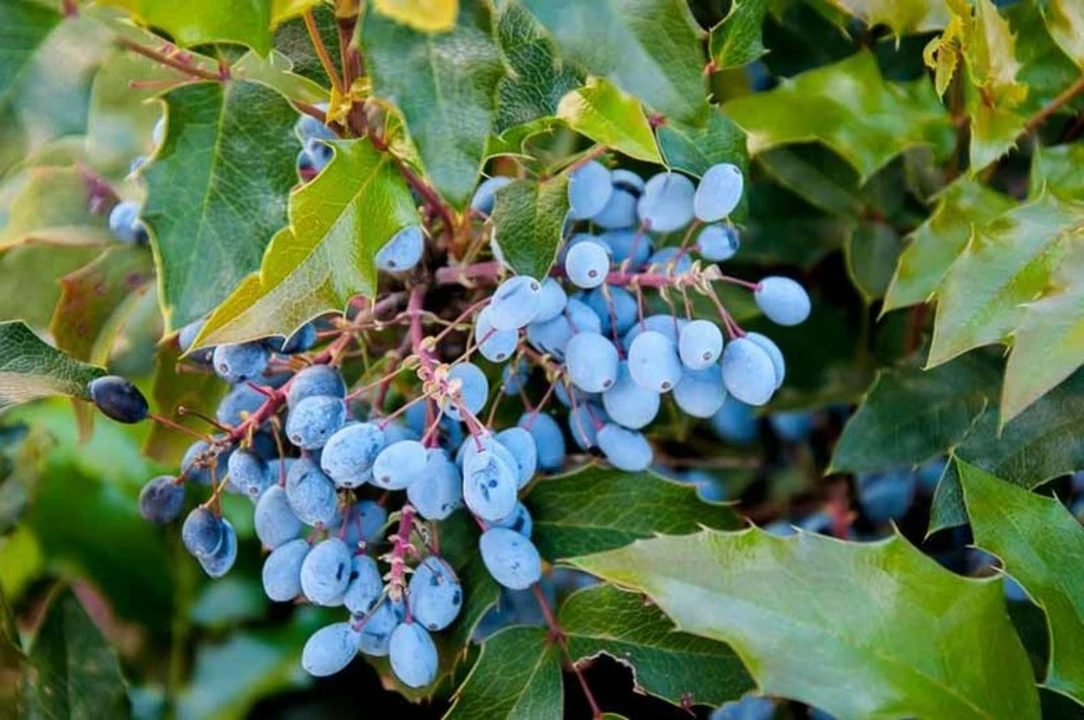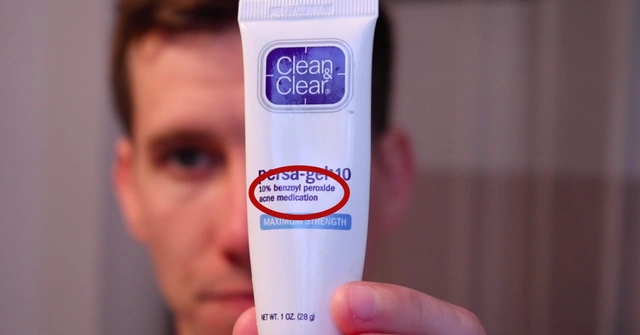Oregon Grape: What It Is and Why People Use It
Oregon grape (Berberis aquifolium) isn’t a grape at all. It’s a woody shrub native to western North America known for its bright yellow roots and a bitter compound called berberine. Folks use it as a herbal extract for skin problems, mild digestive support, and as a natural antimicrobial. If you want a quick, useful picture—think skin-soothing balm plus a liver-supporting bitter, not a fruity snack.
How people use Oregon grape
People take Oregon grape in several ways: capsules with a standardized berberine content, liquid tinctures, or topical creams and ointments. Topical products are common for eczema, psoriasis, and fungal skin infections—users report reduced redness and itch when a quality product is applied consistently. Orally, it’s used for digestive complaints, to help regulate blood sugar, or as part of liver-support formulas. Research on berberine (the active alkaloid) shows antibacterial and blood-sugar-lowering effects, but most clinical work focuses on berberine itself, not whole-plant preparations.
Practical tip: if you want skin relief, pick a cream that lists Oregon grape root extract near the top of the ingredients and avoid added fragrances that can irritate sensitive skin.
Safety, dosing, and interactions
Oregon grape is not risk-free. Berberine can lower blood sugar and affect how the liver processes drugs. That means it may interact with diabetes meds, blood thinners (like warfarin), and drugs processed by certain liver enzymes. Pregnant and breastfeeding people should avoid it—berberine can cross the placenta and there’s little safety data. Also skip giving it to infants and young children without professional advice.
Typical oral doses depend on the product. Many supplements provide 300–500 mg of berberine per day (often split into two doses), but whole-root extracts vary. For topical use, follow the product label—most users apply once or twice daily until the skin improves. Always start low and watch for stomach upset, rash, or unusual symptoms.
Buying and quality: choose brands that list berberine content or show a standardized extract percentage. Look for third-party testing, clear ingredient lists, and good reviews. If you’re ordering online, prefer reputable supplement retailers or local health-food stores rather than unknown marketplaces.
Growing and ID basics: Oregon grape has holly-like leaves and yellow clustered flowers in spring, followed by dark purple berries. Don’t confuse it with invasive barberry species; proper ID matters if you plan to forage. If you’re harvesting, never take more than a small quantity and avoid protected areas.
Want to try Oregon grape? Talk with your clinician first, especially if you’re on medications or pregnant. Used smartly, it can be a useful herbal tool—used carelessly, it carries real risks.

The Oregon Grape Revolution: How This Supplement is Changing Lives
I recently discovered the incredible Oregon Grape Revolution and how this supplement is truly changing lives. It's amazing to learn that this small, yellow-flowered plant has powerful antimicrobial and anti-inflammatory properties. Many people have experienced significant improvements in their health, including better digestion and a stronger immune system, after incorporating Oregon grape into their daily routines. I'm blown away by the countless stories of people who have found relief from various ailments, thanks to this potent, natural remedy. I can't wait to try it myself and see the difference it can make in my own life.
Read More




